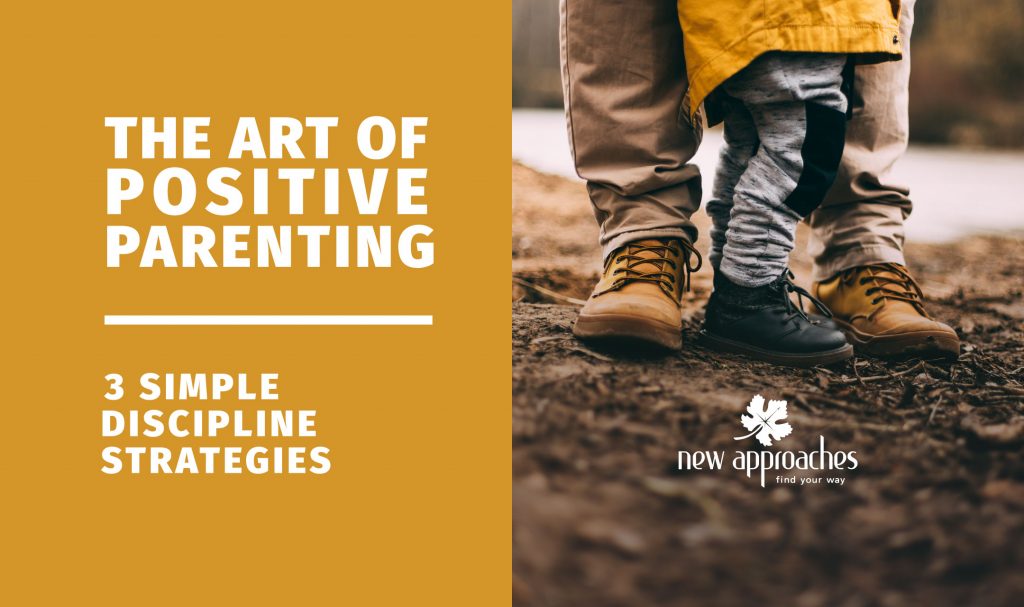Parenting is a beautiful, rewarding, and challenging undertaking. It’s easy to second guess yourself as a parent, and you sometimes wonder if you are doing all you can to give your child the love and guidance she needs.
The good news is that we all have the tools we need to be positive parents. The key to unlocking them is found through awareness of the impact the parent-child relationship holds for your child.
Here are three key areas to consider when cultivating a positive parenting approach.
The relationship with your child.
Children develop through relationship. Everything that a child learns and internalizes is based on this. A newborn infant does not understand that he is a separate entity from his mother. The developmental task of a child’s first three years of life is to gain a sense of psychological “separateness” or individualism. Because of this, a child’s relationship with her primary caregivers is critical. The more secure a child feels in this relationship, the more he is able to establish a healthy sense of self. The need for secure attachment extends beyond the first three years and is paramount throughout a child’s development.
The good news is, regardless of your parenting style, knowledge or background, your child only requires a healthy, loving relationship with you to grow and thrive. So what does a healthy and loving relationship with your child look like?
Positive structure for your child.
Part of loving your child is providing safe boundaries and structure for him. Guidance and limits help children to feel secure in their world, even when they push back. The task of a parent is to lovingly reinforce and teach desirable behaviors while discouraging undesirable ones. This is accomplished most effectively by always teaching a new skill to replace an undesirable behavior. A classic example is ignoring a temper tantrum while providing positive attention for an appropriate request. By responding in this way, the parent teaches the child that appropriate behavior is acknowledged and rewarded with attention and that the inappropriate tantrum is not. Remaining intentional about proactively teaching healthy behavior versus simply reacting to unhealthy behavior is the key to developing positive structure.
Being vulnerable with your child.
There is no perfect parent or child, and loving your child can be as challenging as it is rewarding. This is because our children stretch, challenge, and grow every part of us. One of the most important gestures a parent can make is to show their humanness to their child. This means admitting mistakes and apologizing for them. This does not undermine your authority or your role as your child’s guide and teacher. This simply allows your child to feel that you are accessible and not so different from him. This strengthens the relationship and helps your child to feel valued.
A positive parent is someone who is intentional about building a loving relationship with their child. It requires vulnerability and much empathetic awareness. Striving to see yourself through your child’s eyes is powerful. Identifying which of your actions teach and encourage your child and which may be doing the opposite is the key to developing a healthy parent-child relationship.
Do you want to become the positive parent you know you can be? Check out my new workshop, The Art of Positive Parenting. Hurry, space is limited for this January 31, 2018 event.

Laura Watters, LCPC, joined the New Approaches counseling team this year and brings with her a depth and breadth of experience, especially in the areas of family relationships and parenting. Her 2.5-hour Parent Strategy Sessions are designed to help clients identify and navigate the steps to implement changes that will lessen family conflict, improve their parenting, and discover a newfound confidence and enthusiasm for parenting. Laura is currently accepting new clients.


0 Comments